In fact, our students are right where we want them to be. Often times our kids haven't heard of the possible solutions to various scenarios. This forces them to come up with their own ideas before someone shows them how it is done!
So, how can we teach outside of the box thinking? I'm not sure if we can actually teach it since it isn't a concept that one can memorize and regurgitate on a test. Instead, we can model different techniques that can prepare the young minds of our students to take on challenging tasks while executing and innovating creative strategies.
Read alouds are a great way to share different experiences with our students. We want to encourage them that it is okay to make mistakes which will open them up to experimentation. One of my librarians introduced me to this incredible book called Going Places. The summary of the book states, "A group of children are encouraged to create a go-cart for the annual Going Places Contest and they are all given identical kits. Everyone seems to be in a rush except for Maya. Maya's creation sure doesn't look like anyone else's. Who said there is only one way to cross the finish line?"
I won't ruin the story for you but it is absolutely precious.
 |
| Image contains an Amazon Affiliate Link |
Getting away from the "typical" classroom routines helps foster creativity for your students. Instead of completing morning work at their desk, take students outside, to the cafeteria, to the gym or even to the auditorium to heighten their senses. They have to use other strategies to help them solve problems since the number line taped to their desk isn't within reach or the ABC chart hanging at the front of the room is no longer in sight. One of my favorites I used to do every now and then was take my students to a class in an upper grade and have the big kids tutor my kids with their morning work. Communicating and collaborating with others in a different setting provides new insights and ways of thinking.
Changing the orientation of things can trick a child's brain (even adults!) into making other patterns or observations. Turn images, items, ANYTHING upside down and have students make observations. By changing the "normal" way of doing things, children will be exposed to thinking differently. Looking at things from a different point of view provides new perspectives. Did you know that Picasso drew things upside down since it allowed him to see things differently in a fresh way? Take an image and turn it upside down. Have your students attempt to draw what they see. Click HERE for a Picasso Drawing Exercise you can carry out with your class that I found on the internet.
I know, I know. School isn't meant for "play". However, as hard as it can be, we need to let our students "play" and explore...they are KIDS. By encouraging play, it is our hope that our students will be less afraid to make mistakes and open up to experimentation. It is then that "outside of the box" thinking will blossom.
One example of "play" is when you are introducing fractions. Take out the manipulatives and let your students explore. Dump a bunch of fraction pieces on their desk and have them create a picture. Don't have access or funds to purchase fractions pieces? Then pull out those laptops and use one of my favorite FREE virtual manipulative websites: Glencoe Math. This website has all sorts of fabulous digital manipulatives including fraction bars and circles. Here is a quick picture of a house I whipped up:
Allowing students to play around with these kinds of manipulatives will help assist in fraction sense down the road. The colors and visual aspect of this project really do resonate! "Oh, I remember I used four 1/4 pieces to make my sun." or "I needed those tiny 1/8 pieces to form my roof."
One example of "play" is when you are introducing fractions. Take out the manipulatives and let your students explore. Dump a bunch of fraction pieces on their desk and have them create a picture. Don't have access or funds to purchase fractions pieces? Then pull out those laptops and use one of my favorite FREE virtual manipulative websites: Glencoe Math. This website has all sorts of fabulous digital manipulatives including fraction bars and circles. Here is a quick picture of a house I whipped up:
 |
Brainstorm ideas and thoughts together as much as possible. I think most teachers do this anyway! Hearing other's thoughts can provide new insights into something you may have never considered. As a "brain break" (HA!!), play creative games that will spark discussions. For instance, play the different uses for things game. What else could we use a boot for besides foot protection? Planter? Utensil holder? OR, how else could we use books besides reading them? Build a desk made of books? Fire kindling (Noooo!!!)? Another game that would provoke a little discussion could be the ABC order word game. Take a word and organize all of the letters in ABC order. Such as: school>chloos. What could chloos possibly mean? Kids will come up with some pretty neat as well as off the wall ideas! These types of activities forces you to use the information you have been given and do something unusual with it.
So let's teach our hearts out this upcoming year and have FUN doing it. After all, as teachers, don't we want our students to think dynamically about the world around them?
So let's teach our hearts out this upcoming year and have FUN doing it. After all, as teachers, don't we want our students to think dynamically about the world around them?
Follow me on Pinterest to get techie ideas for your classroom:





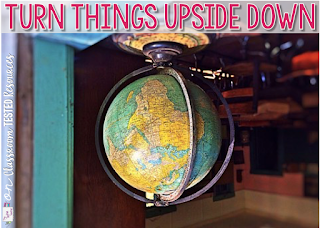






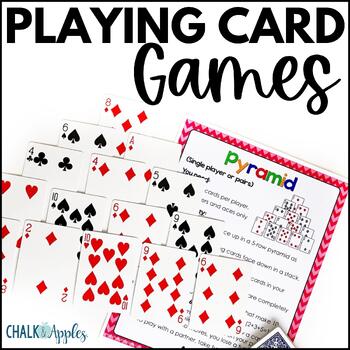
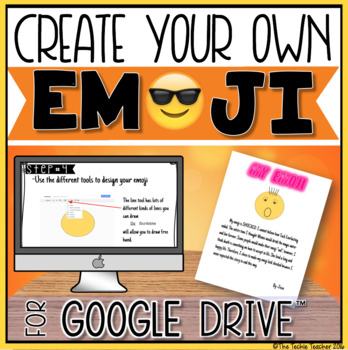
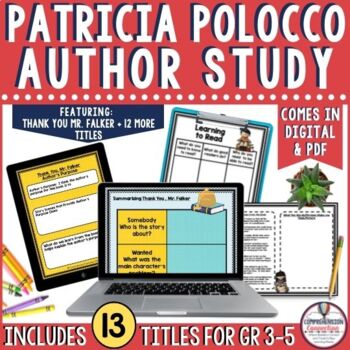

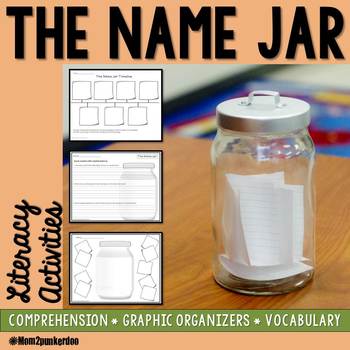

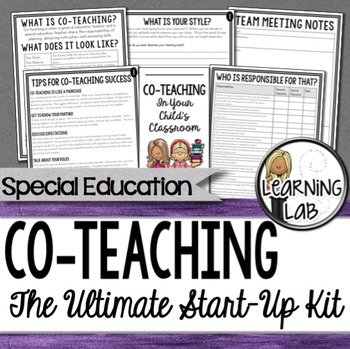
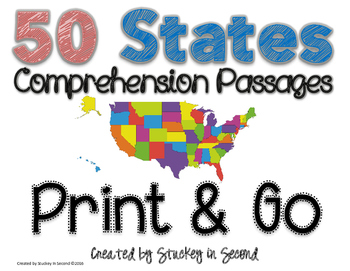
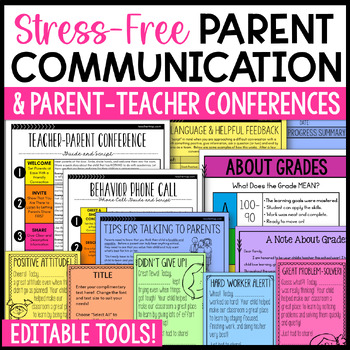
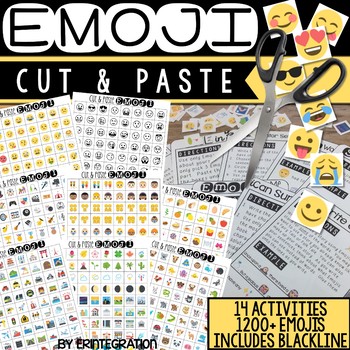
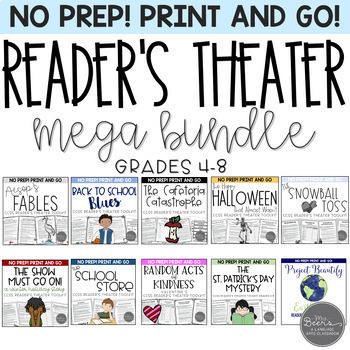
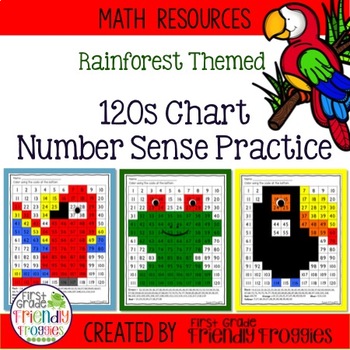

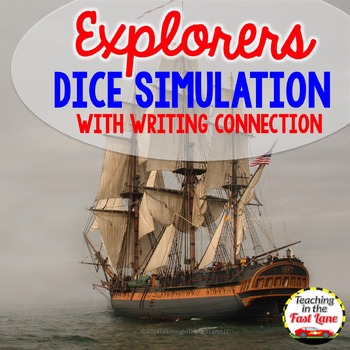





















"Our students are the makers of the future and it is our responsibility (among thousands of other responsibilities) we have as their classroom teacher to provide these types of opportunities in a collaborative setting."...SO TRUE!!! We're better when we come together and build on each other's strengths. Excellent post!
ReplyDeleteAbsolutely!! Thanks, Carla :)
Delete